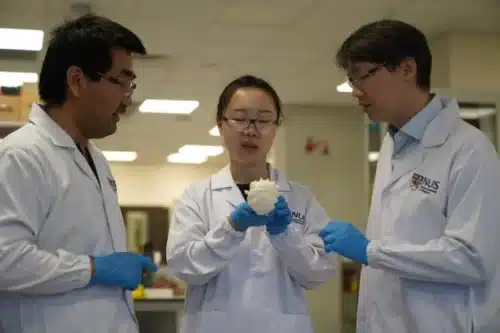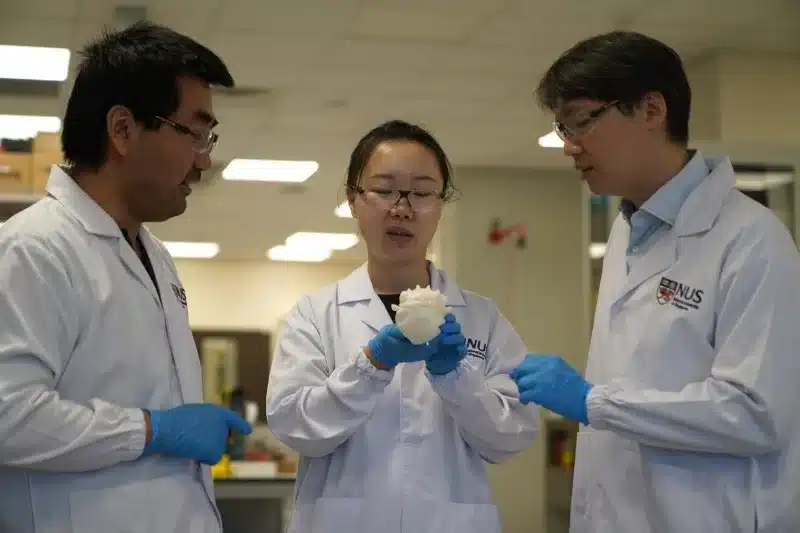The sensor checks water for pollution in 6 milliseconds. It works without power or lab tools and helps find problems fast in many places.

A new sensor developed at the National University of Singapore (NUS) offers a faster, more efficient way to detect water pollution—responding to contaminants nearly 40 times faster than a blink. The device, called the ReSURF sensor, monitors water quality in real time without relying on external power, reagents, or bulky lab equipment.
The sensor works by converting the motion of water droplets into electrical signals. When water containing salts, oils, or pollutants touches its surface, the sensor detects the resulting electric charge within 6 milliseconds. The signals vary based on the type and level of contamination, enabling fast and accurate analysis.
Designed with a stretchable, transparent, and water-repellent material, the ReSURF sensor is self-healing, recyclable, and easy to maintain. It’s well suited for use in flexible electronics, soft robotics, and wearable devices. In one demonstration, it was attached to a pufferfish-shaped soft robot, which successfully detected oil and a common pollutant—perfluorooctanoic acid—in water.
Unlike traditional methods that often require lab settings, external power, or costly reagents, the ReSURF sensor provides a portable and eco-friendly alternative. It can be deployed in natural water bodies like rivers and lakes for early contamination alerts, in agriculture to monitor field water quality, or in industrial and sewage settings to support real-time wastewater monitoring.
The sensor is made from a material inspired by the oily layer on human skin. This water-repellent layer, called ReSURF, forms naturally using a simple micro-phase separation process and can be reused by dissolving in solvents without performance loss. This offers an environmentally friendly solution compared to conventional materials.
Current technologies—such as electrochemical and optical sensors—are accurate but often slow, expensive, and hard to scale. The ReSURF sensor addresses these drawbacks with its speed, simplicity, and sustainability.
Looking ahead, the research team plans to enhance the sensor’s precision, add wireless data transmission, and scale it for broader use. They are also exploring new eco-friendly materials to meet growing environmental standards.
Reference: Liu, M., et al. (2025) Recyclable self-secreting autonomous healing dielectrics for millisecond water quality sensing. Nature Communications. doi.org/10.1038/s41467-025-59973-y.









